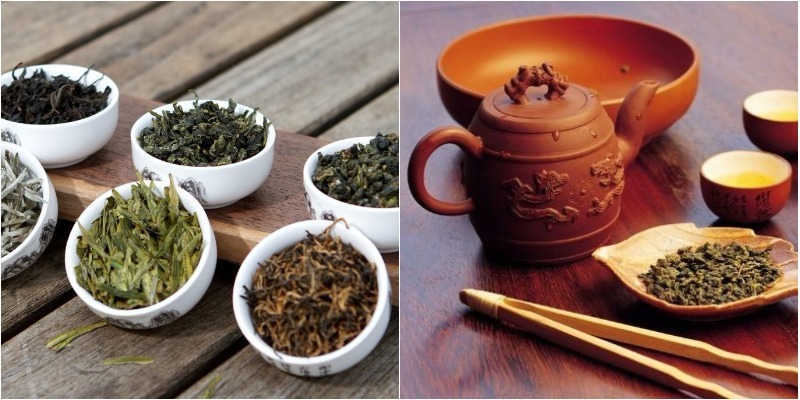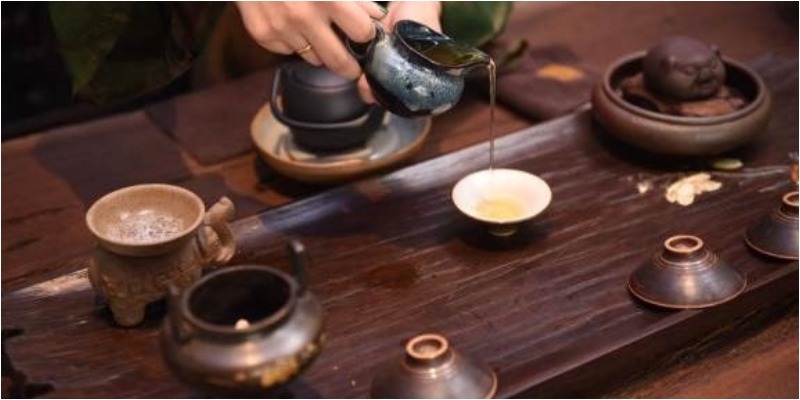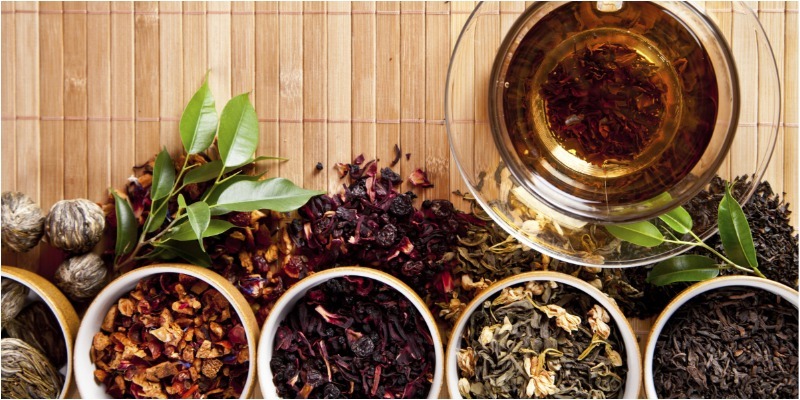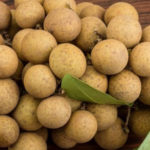Water for Tea
For the best-tasting tea, it is recommended to use rainwater. However, due to industrialization, rainwater may not be as clean as it once was. As an alternative, you can use well water. If you live in a city and don’t have access to well water, bottled purified water will suffice.
If you want to be extra cautious, you can filter the water before boiling it.

Choosing Tea and a Tea Pot
The finest tea, often referred to as “one shrimp” by the elders, is made from the tenderest part of the tea plant. For the best quality, the tea leaves should be picked and processed during winter.
As for the tea pot, it is advisable to use an earthenware pot, free of lead, preferably from Bát Tràng. This type of pot retains heat effectively, resulting in a more robust brew.

How to Brew Tea
Many people make the mistake of directly pouring water over the tea leaves without properly infusing them. This can result in a significant loss of flavor due to the remaining dust on the dried leaves.
The correct way to brew tea is to first rinse the pot with hot water, then add the tea leaves. Next, pour in some boiling water and let the tea infuse for 30 seconds. After discarding this water, proceed with brewing as usual.
If you don’t have access to boiling water and are using warm water instead, add a small amount of honey, stir to dissolve, and then pour the water over the tea leaves. Within 3 minutes, you’ll have a delicious pot of tea.

Storage and Mold Treatment
To prevent mold, wrap a piece of quicklime in cloth and place it at the bottom of the tea jar. Cover the quicklime with a layer of paper before adding the tea.
If your tea shows signs of mold, remove the affected parts and steam the tea for 3 minutes. Finally, place the tea on a pan and dry it over low heat. This will allow you to continue storing the tea. For long-term storage, consider placing the tea packet in the refrigerator to maintain its flavor.

For more information, refer to: chuabenh.info
Creating a delicious pot of tea only requires these four basic elements, yet not everyone is aware of them. With these tips from, we hope that you’ll be able to brew the perfect cup of tea for yourself and your loved ones.
Why Is the Refrigerator Smelling Bad and What Are the Consequences?
If you’re experiencing a strange smell coming from your refrigerator, it can be a sign that something may be off. Not only is it a nuisance, but it can also adversely impact the quality of your foods. Here’s an exploration of the various causes of this issue, as well as some strategies to get rid of the smell.




































